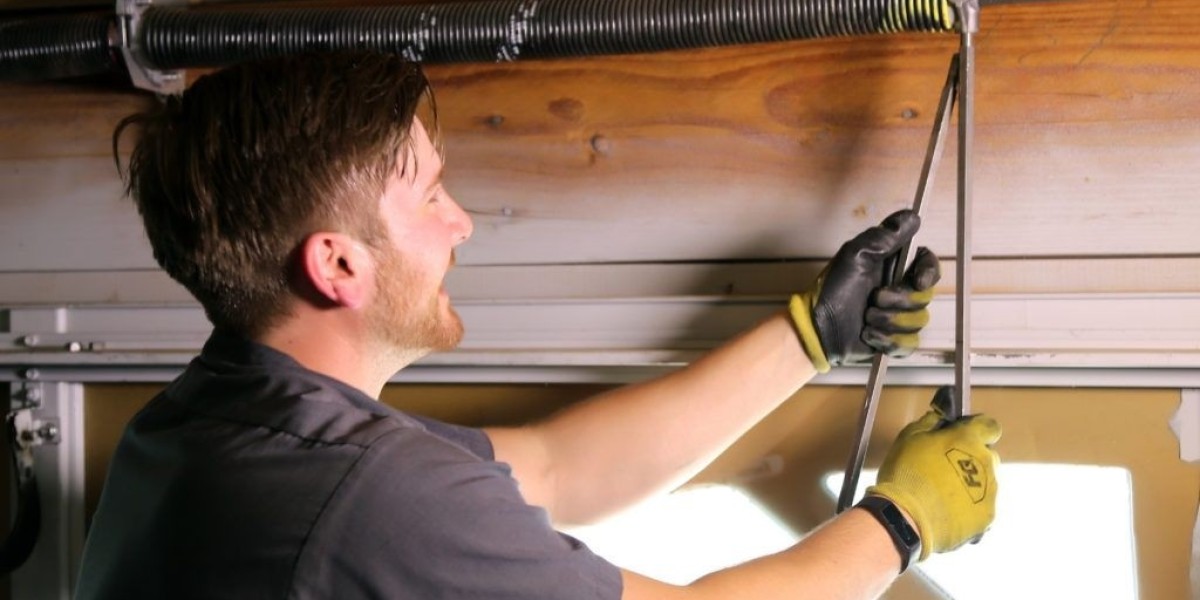It often begins with an unsettling sound. You press the button to open your garage door in your Massapequa or Great Neck home, and instead of the usual smooth operation, you hear a loud, jarring bang—like a gunshot from your garage. Suddenly, your door is dead weight, refusing to budge more than a foot off the ground. Or perhaps the failure is more gradual: the door starts moving slower, struggling more, and your opener strains with a groan you don't remember hearing before. If this scenario sounds familiar, you've likely joined the vast majority of homeowners who have experienced a garage door spring failure. Understanding why this happens and how to address it safely is the key to restoring function and security to your home. This single issue represents the most frequent reason homeowners across the region seek professional garage door repair Nassau County NY technicians provide.
The Workhorse of Your Garage: Why the Spring is So Critical
To understand why springs break, you first need to appreciate the incredible job they perform. Your garage door is the largest and heaviest moving object in your home. A single-car steel door can easily weigh between 125 and 200 pounds. A double-door for an SUV can be 300 pounds or more. Lifting that kind of weight manually would be a tremendous effort. That's where the spring system comes in.
The Engine Behind the Lift
The springs are the true powerhouse of your garage door system. They are meticulously calibrated and wound under extreme tension to counterbalance the door's weight. When you press the button on your opener, the motor doesn't lift the door—it merely guides it. The springs are doing 90% of the work. This elegant system of counterbalancing is what makes opening your heavy garage door feel effortless. There are two main types of springs:
Torsion Springs: Mounted horizontally on a metal bar above the closed door. These are the most common type on modern doors. When the door is down, the springs are wound tightly, storing energy. As the door opens, the springs unwind, releasing that energy to lift the door.
Extension Springs: Typically found on older systems, these run vertically along the horizontal tracks on both sides of the door. They stretch and contract to provide the lifting force.
The Inevitability of Metal Fatigue
Given their job, it's no surprise that springs have a finite lifespan. Every time you open and close your door, the springs undergo a complete cycle of winding and unwinding. This constant cycling puts the metal under repeated stress, leading to a process known as metal fatigue. Think of it like bending a paperclip back and forth. It might hold for a while, but eventually, the structural integrity fails, and it snaps. Garage door springs are no different. They are engineered to last for a certain number of cycles—typically between 10,000 and 20,000, which translates to about 5-10 years of normal use for an average family. The harsh humidity and temperature swings of Long Island seasons can also accelerate wear and corrosion, making garage door spring repair Nassau County residents need a near-universal home maintenance event.
The Dangers of a DIY Approach: Why Spring Repair is a Job for Professionals
The moment a spring breaks, your first instinct might be to look up a tutorial online. This is one of the most dangerous mistakes a homeowner can make. While many household repairs are suitable for a DIY approach, garage door spring repair is categorically not one of them.
A Coiled Hazard of Immense Force
A wound torsion spring is a device storing an incredible amount of kinetic energy. When intact and properly installed, this energy is controlled. When a spring breaks or is handled incorrectly during repair, that energy releases instantaneously and uncontrollably. The consequences can be severe:
The spring can whip violently, launching metal shrapnel at high speed capable of causing serious injury or catastrophic property damage.
Tools can slip, causing the winding bars to become dangerous projectiles.
An incorrectly installed spring can fail catastrophically, causing the door to crash down without warning.
Professionals don't just have the right tools; they have the specialized training and experience to safely contain, de-tension, and re-tension these powerful components. They know how to handle the immense forces involved without putting themselves or your property at risk.
The Precision of Calibration
Beyond the safety risks, there's a technical reason to hire a pro: calibration. A new spring must be wound with the exact correct number of turns to perfectly counterbalance your specific door's weight. Too few turns, and the opener will struggle to lift the door, burning out its motor prematurely. Too many turns, and the door won't close properly or will slam down dangerously. A professional technician will measure your door's weight and install a spring with the correct wire size, diameter, and length, then wind it with precision to ensure smooth, safe, and efficient operation.
The Professional Repair Process: Safety, Precision, and Peace of Mind
When you call a certified technician for garage door spring repair, you're not just paying for a part; you're investing in a safe, correct, and lasting solution.
Diagnosis and Replacement
A professional will start by conducting a full safety inspection of your entire garage door system. They will identify the broken spring and check for any collateral damage to cables, rollers, or the door itself that may have occurred during the failure. They will then:
Safely De-tension the Old System: Using secured winding bars, the technician will carefully release the stored energy from the broken spring and its counterpart (springs should always be replaced in pairs, even if only one is broken, to ensure even lifting force).
Install Correct, Matched Springs: The old springs are removed and replaced with a new, matched pair that is rated for the exact weight and size of your door.
Precision Winding and Balancing: The new springs are wound to the precise number of turns required, and the door is tested by hand to ensure it is perfectly balanced. A properly balanced door will stay in place when lifted halfway.
Final System Check: The technician will re-engage the opener and test the door through several full cycles, verifying that everything operates smoothly, quietly, and safely.
The Long-Term Value of a Professional Repair
While the upfront cost of a professional repair might be higher than buying a spring yourself, the long-term value is undeniable. A professional repair guarantees:
Safety: Your family and property are protected from a dangerous accident.
Longevity: Correctly installed and calibrated springs protect your garage door opener from strain, extending its life. The new springs will also last for their full intended lifespan.
Warranty: Professional repairs come with a warranty on both parts and labor, giving you peace of mind that you're covered if any issues arise.
Convenience: You avoid the frustration, time, and extreme risk of a DIY attempt, and you get your garage door functionality back within hours.
A broken garage door spring is more than an inconvenience; it's a clear signal that a critical, high-tension component has reached the end of its service life. While it's the most common issue homeowners face, it remains one of the most dangerous to address without proper training. By trusting a qualified professional, you ensure the repair is done safely and correctly, restoring the seamless operation and security of your home. This reliable, expert service is what makes professional garage door repair Nassau County NY homeowners depend on an essential resource for maintaining a safe and functional household.







